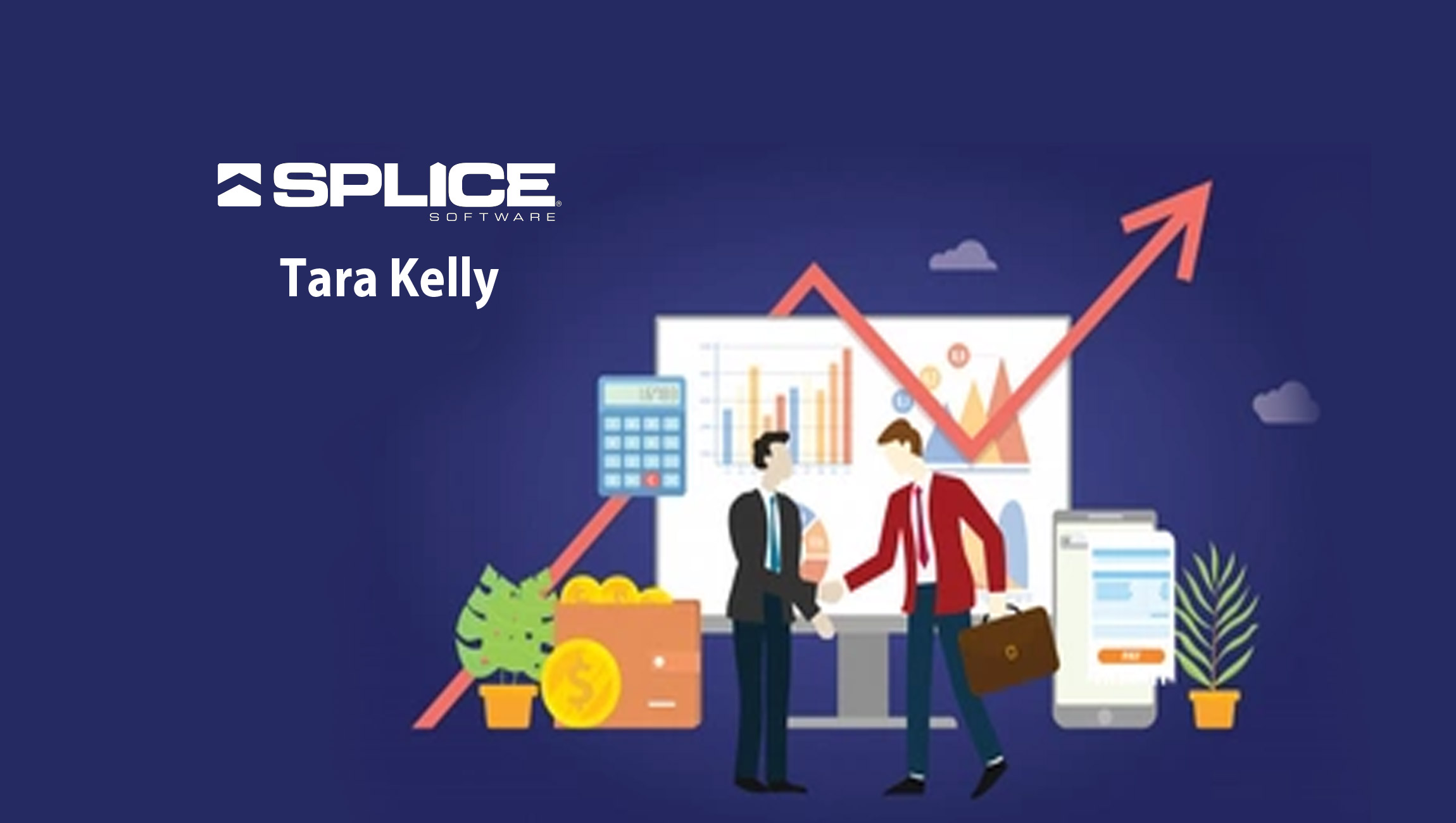B2B marketers spend a lot of time identifying target customers and creating ideal customer profiles, i.e., subsets of target customers who are likely to become high-value accounts. This process helps B2B companies accelerate the sales cycle and increase conversion rates, according to Gartner analysis, as long as the customer profiles are accurate.
But some B2B companies are finding that their ideal customer profile shifted during the pandemic. People who were high-value customers before may no longer fit that description now, and target customers who didn’t check all the boxes previously may have evolved to fit the ideal customer profile. It’s critical to understand not only how the B2B landscape in your industry has evolved, but also how your target customers have evolved as well .
Marketing Technology News: MarTech Interview with Sagi Gordon, CEO and Co-founder, SelectMedia
It’s also important to figure out how customer expectations and communication preferences have changed over the past year and a half. According to McKinsey analysis, B2B decision makers say that online and remote selling is as effective as in-person sales, if not more so. This digital prospecting is also effective when connecting with existing customers. In significant ways, the massive shift to a new digital reality is here to stay and you need to be ready for what’s next.
General Impressions: Surveying the Lay of the Land
Marketers understand that things have changed in the B2B world, and that’s why there’s a huge uptick in demand for survey data. Companies are using surveys like net promoter scores (NPS) and customer satisfaction scores (CSAT) to understand perceptions of their products and services. Since customer perceptions have changed drastically over the past year and will continue to change over time, it’s a good idea to regularly monitor these scores and apply the data to marketing efforts.
When you consistently ask customers to rate the likelihood of recommending your company or service to a friend with an NPS survey, you are able to quickly get an accurate and truthful perception of your brand and spot customer trends. A downward trend can give you a heads-up about an emerging issue so you can address it quickly and a rising trend can provide early clues about how customers are responding positively to changes.
On the other hand, CSAT surveys can help B2B companies keep tabs on customer attitudes toward products and services while also monitoring for responses to processes like accessing technical help. This type of survey can be especially helpful now because customers are using different channels to communicate and buy goods and services, so you’ll need to assess how well everything is working.
Avoiding the enormous “loyalty shakeup” that has up to 40% of customers looking to switch brands on the consumer side is another motivator to use survey platforms. B2B companies sell to businesses, but as we all know, decisions B2B buyers make as consumers tend to have an effect on how they behave as B2B customers too. CSAT scores can provide insight to help you keep business customers on board.
Field Guide: Getting a More Complete Picture
In addition to helping B2B companies monitor customers’ general attitudes toward the business and its products and services, surveys can help businesses explore perceptions of partners and/or account managers who directly work with customers. With more sales activities and purchasing decisions happening online, understanding what’s happening in the field can give you insight into the customer experience and the service they receive at the point of delivery, if applicable.
The way you set up your survey will vary according to how services are delivered, but the point is, if internal teams or third parties are interacting directly with your B2B customers, it’s a good idea to keep tabs on how those encounters are going. That applies to anyone who in essence serves as the face of your company when interacting with your business customers.
Stopping customer churn is key, but surveys can also help you keep a lid on employee churn. There’s a rising risk of high turnover since the “Great Resignation” is in full swing with millions of workers quitting their jobs in search of better work-life balance, greater flexibility, more personal fulfillment and/or better compensation.
You need your best employees to stay on board, and replacing employees is difficult and costly in the current labor market. So, it’s a good idea to get insight into how employees feel about the company, their jobs, the benefits you offer, training programs and other factors that affect employee satisfaction. Remember, the pandemic has changed employees’ outlook too.
Actionable Data: Improving Response Rates and Following Up
You can use surveys to improve B2B operations, products and services, customer success and employee satisfaction. But getting actionable data is the key, and that means you’ll need a good response rate. Using the right wording to engage customers and employees can make or break a survey, and sending it out through different channels such as via email, automated calls and/or text can also boost your response rate.
The next step is putting effective processes and workflows in place as well as analytics that can interpret the story the data tells to deliver it to the right people. You need reports that make sense in the context of your industry so your B2B team can easily understand and apply the insights. With these assets in place, you can ensure your company can act on feedback quickly and effectively.
Once you have actionable data, following up is the most important thing of all. B2B companies that survey customers and ask employees to assess their experience sets an expectation that the company values this input and will use it to make the necessary improvements. It’s an obligation, but it’s also a great opportunity to increase customer and employee loyalty, which can be a huge advantage in an increasingly competitive economy.
Marketing Technology News: MarTech Interview with Celia Fleischaker, CMO at Verint











